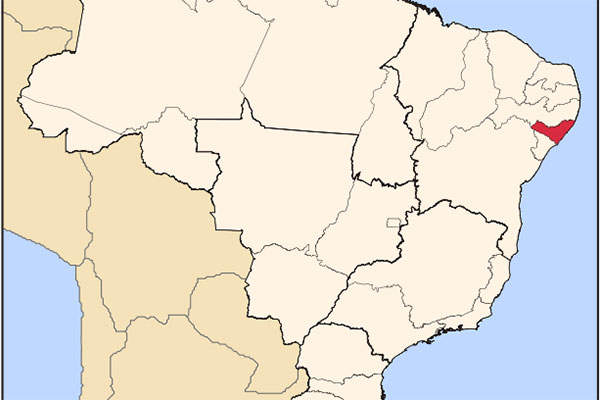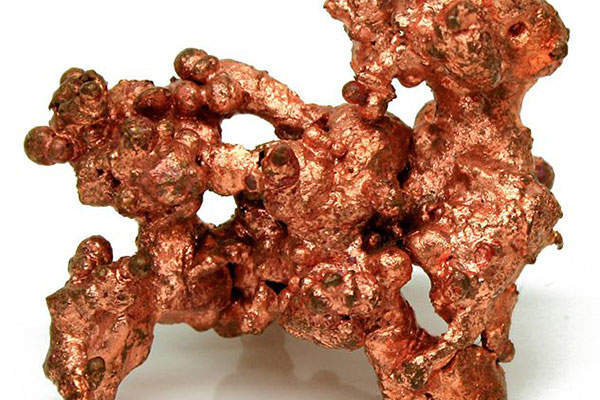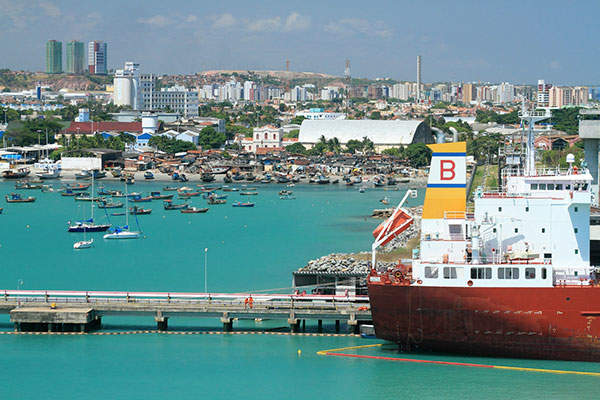The Serrote da Laje deposit owned by Aura Minerals is located in Alagoas, Brazil, which hosts five of the world’s biggest iron ore mines.
The installation license (LI) authorising the project construction was obtained in August 2009 and the definitive feasibility study was completed in September 2012. Production is expected to start by mid-2015 and last for 12 years.
Aura Minerals will produce copper in concentrate with gold credits from the deposit. It is currently in the process of securing project-based financing.
Serrote project geology, mineralisation and reserves
The world’s largest iron ore mine is located in the state of Para in Northern Brazil.
The project is located in the central-southern part of Alagoas, approximately 15km north-west of the town of Arapiraca. The project comprises of 24 exploration licences extended in an area of 40,899ha.
The deposit is filled with folded, high-grade metamorphic rocks comprising of monotonous suites of poorly differentiated gneisses/granites.
Most of the copper-gold mineralisation at Serrote occurs as disseminations and fracture fillings within the layered pyrite to gabbro complexes. Mineralisation is concentrated within massive to semi-massive magnetite. The copper mineralisation is associated with magnetites, norites and gabbros, while the sulphide minerals are associated with chalcopyrite, bornite, pyrite and pyrrhotite.
According to April 2012 estimates, the mine is estimated to contain proven and probable reserves of 85.5Mt of ore at a grade of 0.52% Cu, 0.10% Au and 7.38% magnetite.
Mining and processing of ore at Serrote Project
Conventional truck and shovel method of mining, followed by drill and blast, will be applied at the Serrote open pit mine. During the initial operating years, the lower grade sulphide material will be stockpiled and used to increase the mill head grade. The stockpiled lower grade material will be fed through the mill at the end of the mine life.
The run of mine ore will be excavated using hydraulic excavators and transported to the primary crusher dump pocket by trucks. The ore will undergo a three-stage crushing process and the resultant fine screen product will be conveyed to the ore stockpile. Reclaimed material from the stockpile will be transferred to a dual pinion drive ball mill.
Ore from the ball mill circuit will be piped to the rougher flotation bank and the resultant rougher concentrate will be fed to the concentrate regrind circuit and then to flotation cleaner. The final copper concentrate will be thickened using flocculant polymer and filtered in a feed tank to reduce the moisture content for enabling transportation.
Copper concentrate is expected to be shipped from the Maceió port for offshore sales, or transported to the smelter located near Salvador.
Infrastructure at Serrote project
The mine is accessible from Maceio, the capital city of the State of Alagoas, via paved highways. Major infrastructure at the Serrote site will comprise of maintenance installations, process facilities, ancillary buildings, tailings storage, and explosives storage.
A 21km-long, 230kV overhead transmission line will provide power supply to the mine from a regional substation in Arapiraca. Water required for the mine will be sourced from a 7km pipeline tying into a raw water supply system, which will be managed by the state water utility under a Public Private Partnership agreement.
The tailings disposal facility will be have a design capacity of 94Mt and comprise a storage facility dam. The dam will be constructed in two phases; the first phase will be designated to store tailings for up to four years of operation. Its height will be increased in the second phase to store the tailings throughout the mine life.
Financing
Banco Itaú, a subsidiary of Itaú Unibanco Group, provided R$20m bridge loan for the Serrote project development. The funds were received by Mineração Vale Verde LTDA, a wholly-owned subsidiary of Aura Minerals.
Key players involved with the Serrote mine development
Itaú, a major Brazilian private bank, is acting as the financial advisor for the Serrote project. PEG Mining Consultants, in collaboration with Geosim Services and Aura Minerals Technical Group, conducted the preliminary economic assessment study for the project, whereas Micon conducted the feasibility study.







